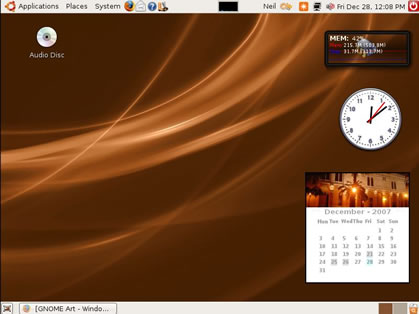Every year, someone invariably says that particular year will be the "Year of the Linux Desktop". It's been said so much that it has become somewhat of a gag, with people laughing at the notion more than anything else.
To date all predictions about Linux overtaking any significant portion of user's desktops have fallen flat for one reason or another. Still, Linux through various iterations of distros has managed to grab a stable user base that does grow - if slowly. Lately, the most recent statistics from Net Applications indicate that the number of Linux users on the Internet has actually exceeded one percent globally.

A drop in the bucket compared to Windows' total market share, but important when you consider that Mac OS X, the second most popular OS in the world, has a share of around 9%. That 9% is more than enough to get industry support from many hardware and software vendors, as well as enough to sustain a flourishing economy of Mac users. Critical mass for Linux doesn't necessarily need to be "world domination" - it could amount to just a few percentage points that on a global scale is still a large number of people.
Is this number indicative that people are switching from one OS to another, or is it telling us that a larger amount of new users on the Internet are using Linux-based machines? That's hard to say, but one thing is for sure, despite of vast improvements across the board, not everybody believes in the viability of the Linux desktop.